Binocular vs Monocular: Which is the Right Tool for the Job?
Monoculars vs. Binoculars, two very popular and useful viewing optics in the firearms world. Before we go any further, let’s do a quick lesson on Greek, Latin, and English language. English has many Greek and Latin influences. In the Greek language, the word forming element “mono” means one or single. “Bino”, coming from the Latin language, means two or bifold. Now, “ocular” in the English language meaning relating to the eye. Put all this together and you have Monocular, a single tube device and Binocular, a two tube device.
With anything, there are benefits and negatives to both a monocular and a binocular dependent on your use. In this article we will go over the features and specifications between the two, different uses that one may be better for than the other, and finally some options for purchasing from reputable companies.
Features and Specifications
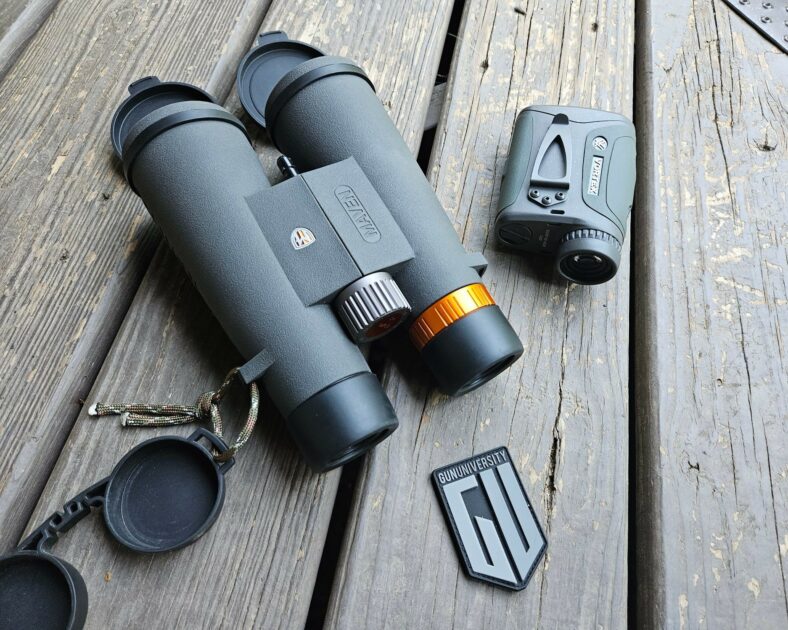
Different companies will obviously have different specifications when it comes to each product. However, when talking broad knowledge of both a monocular and binocular, there are some key things to know, such as:
- magnification
- field of view
- reticle, is it existent and what kind is it?
- weight and size
- durability, fog/waterproof, coated lenses
You can usually find this information on the product page for your intended item or in the user manual that should also be listed on the product page online. If this information isn’t there, that could be your first clue that the item may not be as quality as you’d like.
Monoculars
What came first, the chicken or the egg..? Or in this case, the monocular or the binocular?
The monocular definitely came first and has gotten us very far in the viewing optics world. While there have been large strides as far as technology, the compact size and weight of a monocular is hard to beat in certain uses.
A monocular is one tube, meaning you lose perception of an entire eye when looking through it. Just like placing one hand over one eye, you lose a lot of what you are seeing and things get a little blurry. Using one eye also causes more fatigue if on the glass for a long time, and a loss in clarity. Or if you want to really nerd out, a loss of stereo vision. Stereo vision is the matching up of features using both eyes and this happens in the visual cortex. The computation of these features is degraded when one eye is lost.
As far as the build and features on monoculars, there are many similarities between monoculars and binoculars. Monoculars will be offered with a lot of the same magnification ranges, focusing rings, and eye cup adjustments.
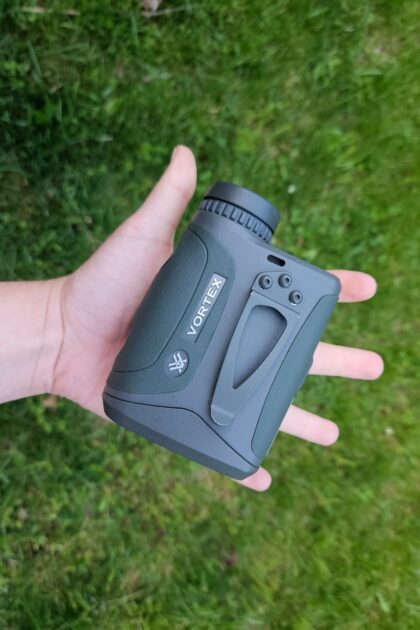
You should not rely on the price tag alone. Monoculars are usually cheaper and easier to make, yet still of good quality if from a reputable company. Quality glass and engineering are still present. There are also monoculars out there that have a reticle inside of it.
Due to monoculars being a smaller product, many companies have ventured out from monoculars only giving the user a magnified optic but also inputting laser range finders and even night vision.
Many users will use a monocular type laser range finding (LRF) device over a binocular due to being cheaper and smaller. LRFs aren’t always needed, so a cheaper option is great to throw in the pack. The same goes for night vision. Night vision can get spendy, and when it comes to dual tubes, that price tag doubles. A monocular option for night vision is a great option for consumers. Many military entities are still only using a monocular night vision option due to the price tag and it still being a very trustworthy option. Think about it, raids in Afghanistan and Iraq 10+ years ago happened with a monocular night vision optic.
Monoculars to Checkout
Maven CM.1 8×32 | 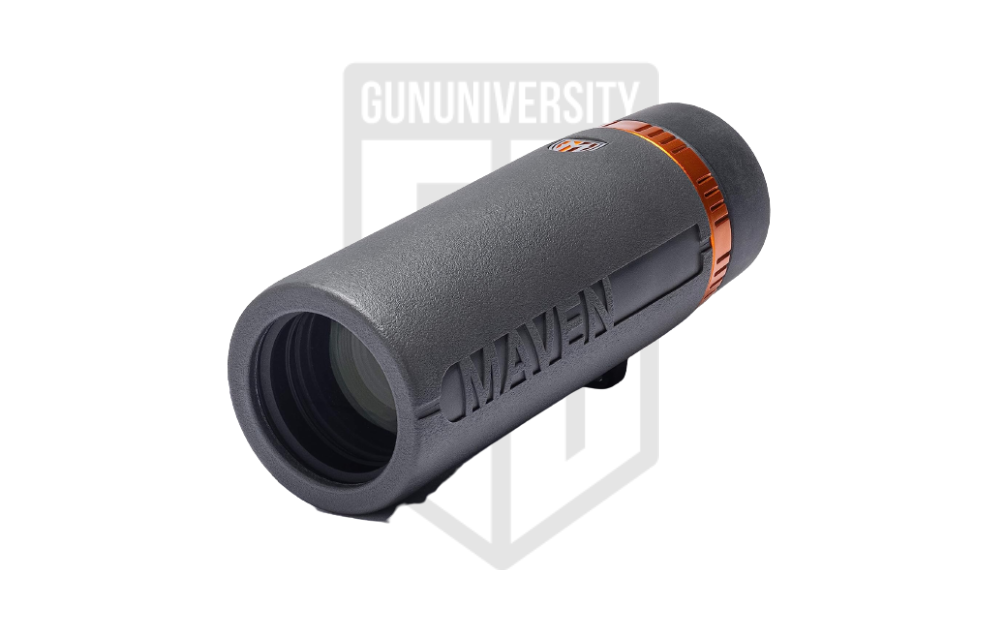 |
| Buy on Amazon |
Vortex Solo 8x36mm Monocular | 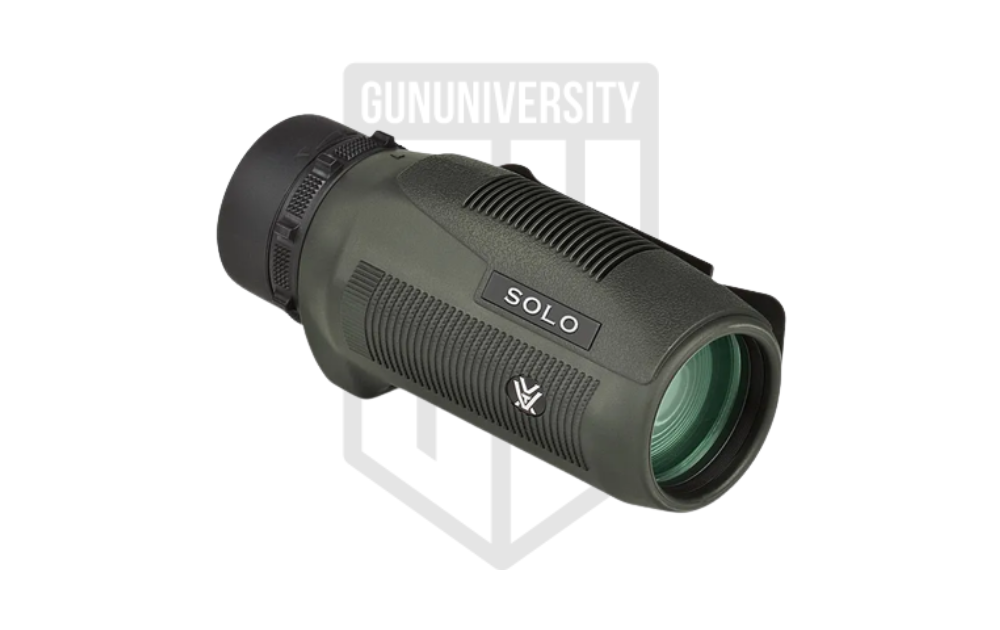 |
| Buy on Amazon |
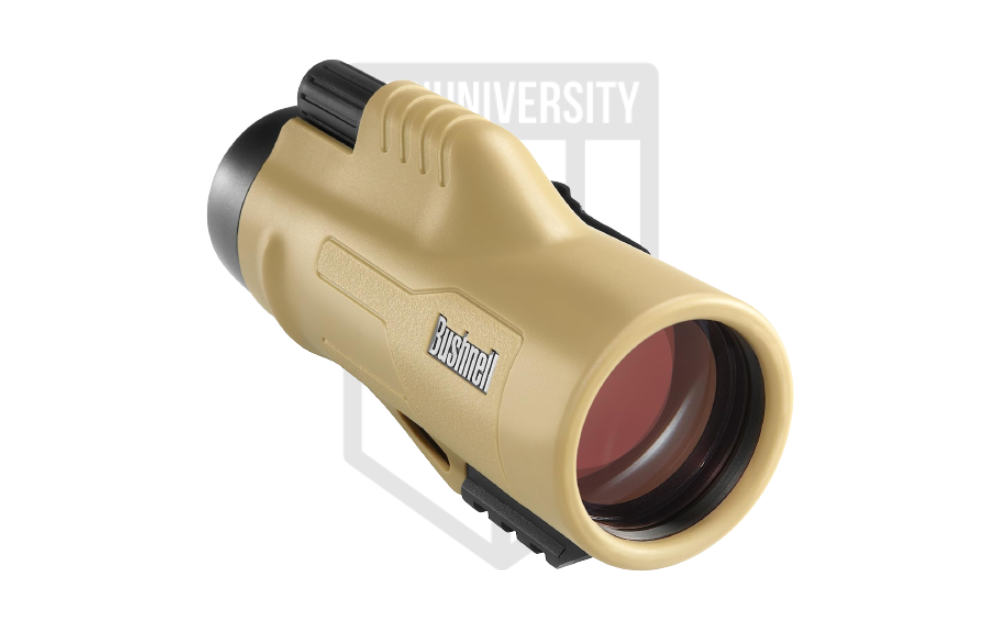 |
| Buy on Amazon |
Binoculars
Binoculars, or sometimes referred to as “binos”, offer a larger field of view due to having two tubes. As a tradeoff, this also makes them heavier and bulkier. All the same specifications apply to binoculars such as reticles, magnification ranges, and quality of the build and glass.
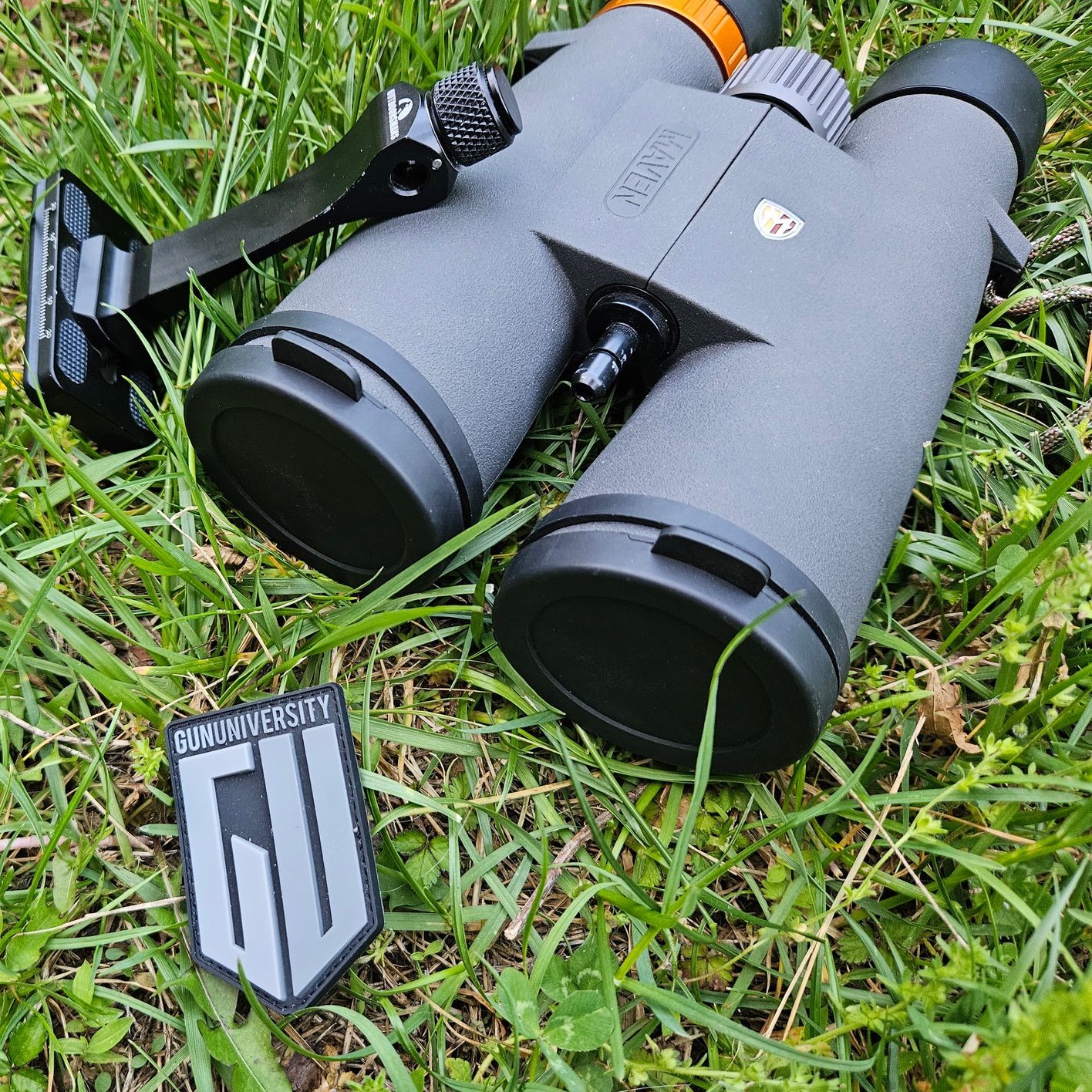
Binoculars have also come a long way. There are now range finding binoculars from many reputable companies, including range finding binoculars that have ballistic data included in the optic. Meaning that when you range your target, your data needed will also pop up in your lens.
One large difference between binoculars and monoculars is the ability to mount binoculars. There is often a threaded hole in the front of the binocular, allowing an adapter to be screwed into the body of the binos. We can then mount this onto a tripod, car window, or something along those lines, adding stability to the binoculars.
Binoculars to Check Out
Mavin C.1 10×42 Binocular | 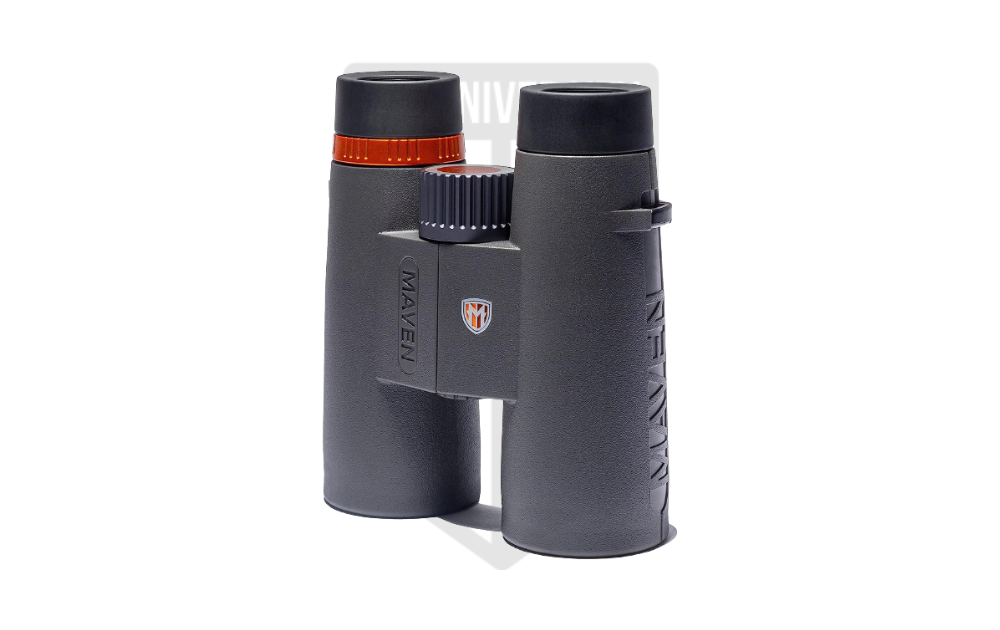 |
| Buy on Amazon |
Vortex Razor HD 8×42 Binoculars | 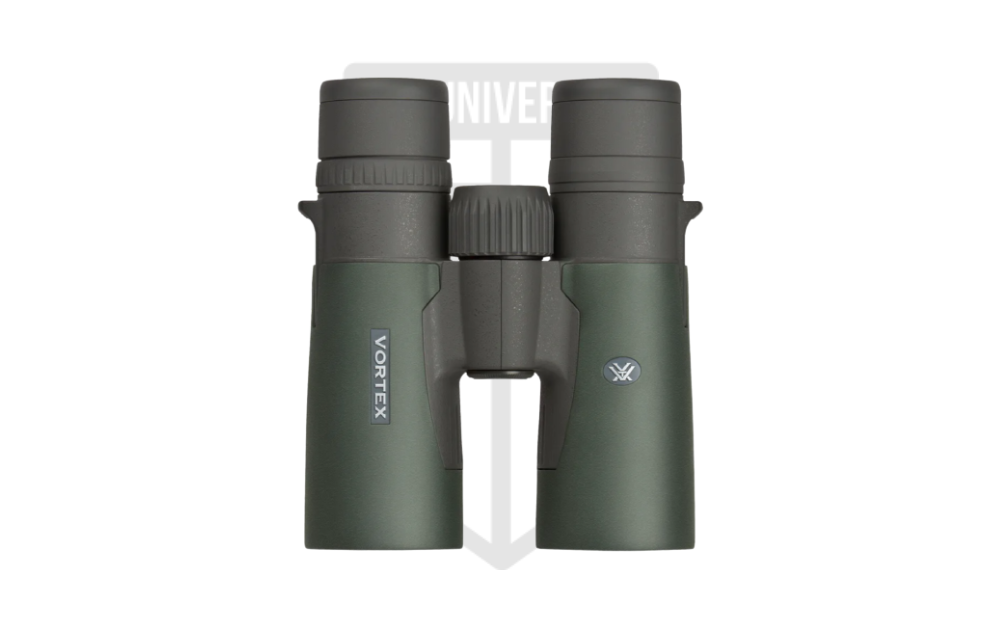 |
| Check Price |
Bushnell Engage Binoculars | 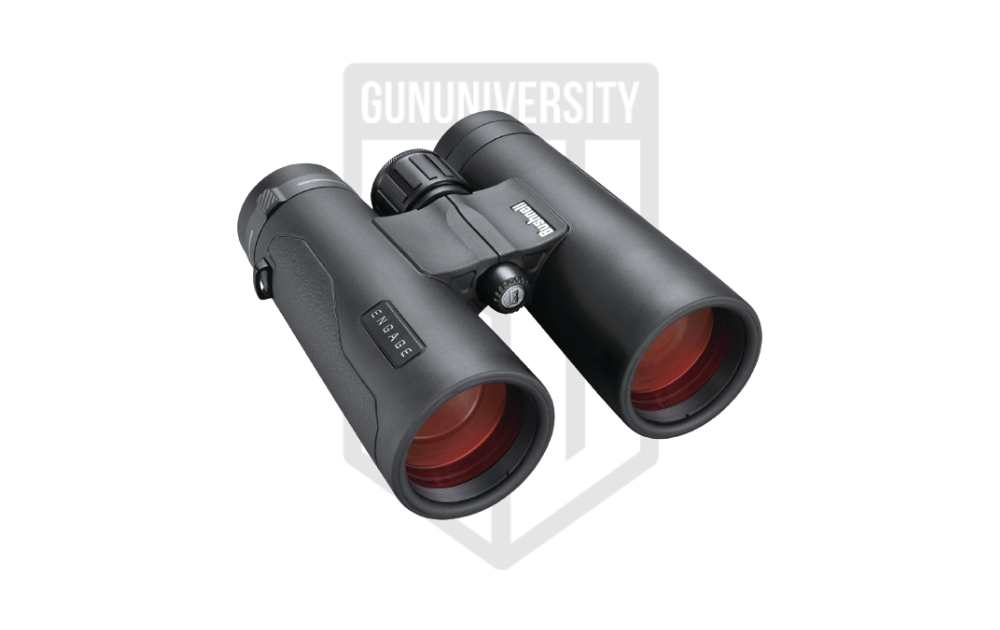 |
| Buy on Amazon |
Uses

The choice between a monocular or a binocular, and the certain specs within it such as magnification, will completely depend on what you are using this piece of equipment for.
Monoculars
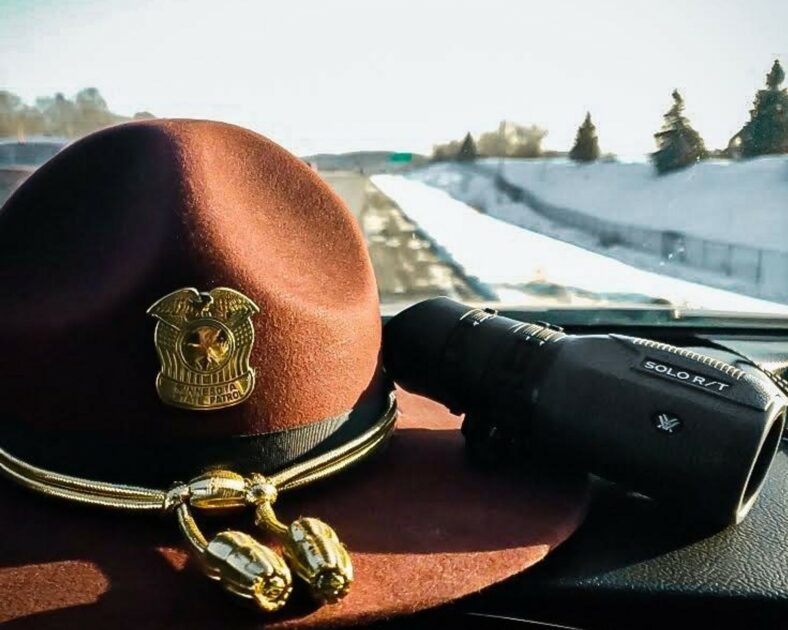
A pretty cool story that I have about monoculars is when a State Trooper reached out to me about which one he should purchase. While many think that State Troopers are only there to catch speeders, they actually do a lot more. There are many tells as to transporting drugs or other illegal activity when it comes to both the outside and inside of a car. If a State Trooper can use a small and compact monocular with magnification to peek at vehicles, it can help them not waste time pulling the wrong cars over. I recommended the Vortex Solo Recon Tactical 8×36.
My personal ownership of monoculars includes a range-finding monocular from Vortex and a night vision monocular from Sionyx.
Other popular uses for monoculars are with hunters, both firearm and bow. Monoculars are so small and compact that we can easily throw them into a pack, a truck middle console, even a jacket pocket. Due to the magnification, the ease of using it to verify the animal that you are shooting makes it a no brainer in the hunting world.
Binoculars
More field of view means more options of use. For this reason, binoculars shine in the precision rifle and hunting world. There are so many easy access options these days, such as chest harnesses or attachments to tripods, that not being able to grab binoculars quickly is pretty much long gone.

In the precision rifle world, binoculars are a needed piece of equipment. A shooter or spotter needs to see environmental factors and hits or misses with your bullet. Many binoculars have such a large field of view that multiple targets can be in your view on the binos without panning, making spotting even easier. The ability to place them on a tripod and stabilize them makes the clarity even better.
Fun fact, if you don’t want to place them on a tripod, there are even binos on the market that have an internal stabilizer such as the Zulu6 Image Stabilized Binoculars from Sig Sauer.
As for hunting, we need magnification as well as a large field of view. When searching for animals using an optic, often referred to as ‘glassing’, it is important to see a lot at one time. A monocular just does not allow that. Now, if you have binoculars with an internal laser range finder, you won’t have to come off glass after finding an animal to range it with a different piece of equipment. That can mean both a time saver and possibly not losing an animal.
Options to Purchase and Comparisons
Below are a few options to compare the monocular vs binocular from the same company. Pay attention to the weight, size, and price of each of these options. As you can see, the binocular is about twice the weight and is much more expensive, but will offer additional features such as tripod compatibility and clarity.
Monoculars are less expensive and smaller but lose the ability to use both eyes when scanning. We can find these features and more on the product specifications page of the product you are researching. Dependent on your use, you may find that a monocular is enough to get the job done. However, you may find that you want both a monocular and binocular. You may even find that you want a monocular that has additional features such as range-finding. Trial and error is okay when it comes to finding what works best in your intended use.
| Brand | Model | Bino/Mono | Magnification | Reticle | Weight | Size | Field of View | Price |
|---|---|---|---|---|---|---|---|---|
| Maven | CM.1-8X32 | Monocular | 8X | None | 8.7 oz | 1.75 in x 5.1 in x 2 in | 393 ft at 1,000 yds | $195.00 |
| Maven | C.1 8x42 / 10x42 / 12x42 | Binocular | 8x / 10x / 12x | None | 24.5 oz | 5.7 in | 341 ft / 314 ft / 262 ft | $400-$450 |
| Vortex | Solo RT 8x36 | Monocular | 8x | MRAD | 10.2 oz | 5.4 in x 2.3 in | 393 ft at 1,000 yds | $219.99 |
| Vortex | Razor HD 8x42 | Binocular | 8x | None | 24.2 oz | 5.9 in x 5.1 in | 388 ft at1,000 yds | $1,279.99 |
| Bushnell | Legend 10x42 | Monocular | 10x | MIL Hash | 13.2 oz | 5.4 in | not listed | $199.99 |
| Bushnell | Engage EDX 10x42 | Binoculars | 10x | None | 23.5 oz | 5.5 in | 305 ft at 1,000 yds | $364.99 |
Happy researching and happy shooting!
Recent Posts
May 4, 2025
May 2, 2025
April 27, 2025

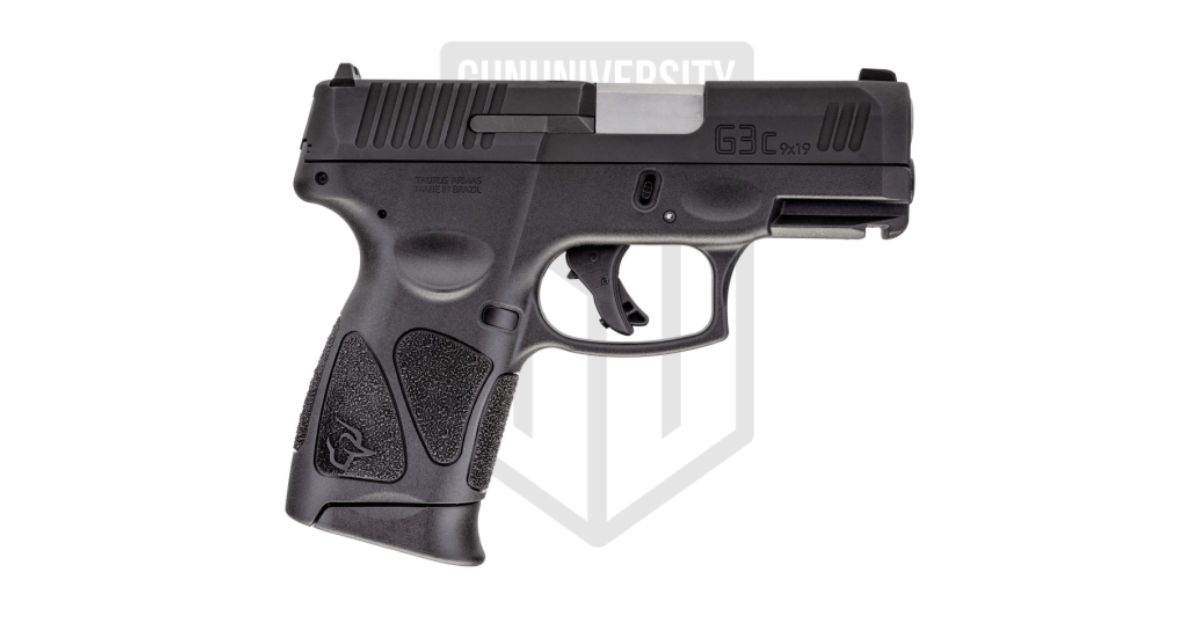
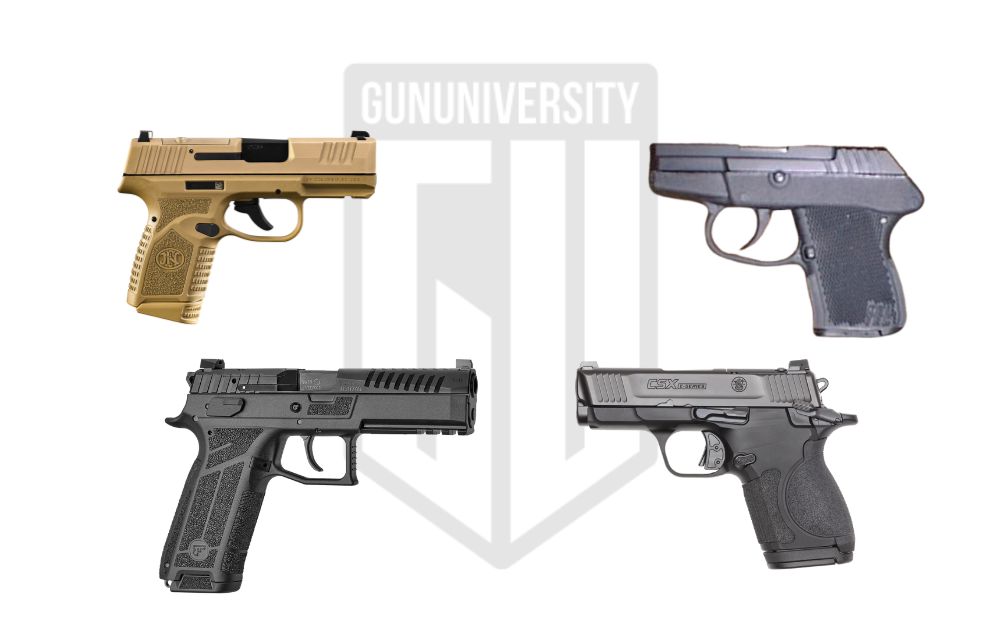
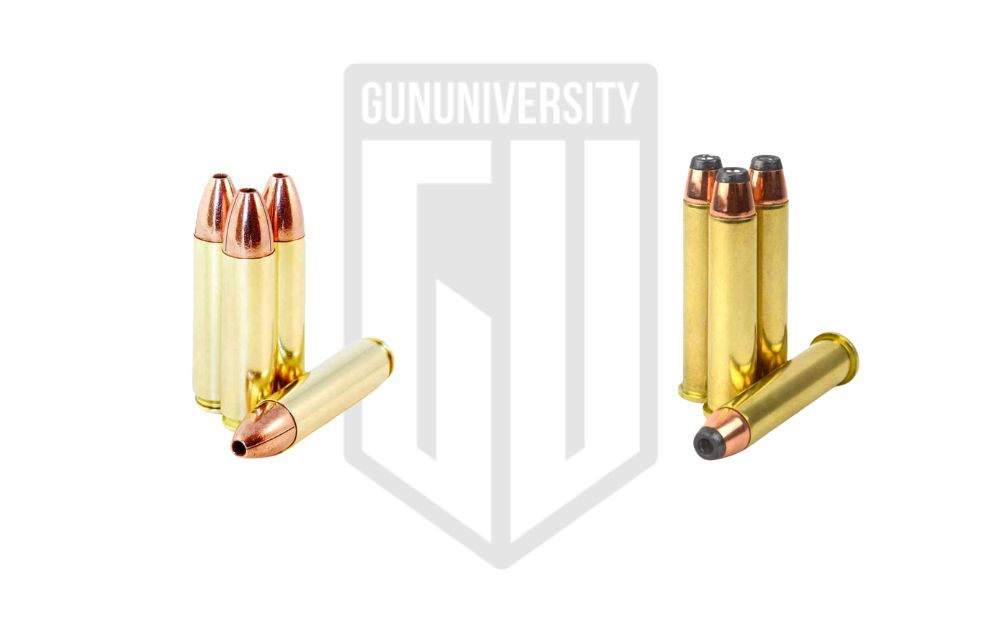
![Best First Handgun of 2025: [Beginners Guide]](https://gununiversity.com/wp-content/uploads/2024/07/Streamlight-TLR8.jpg)